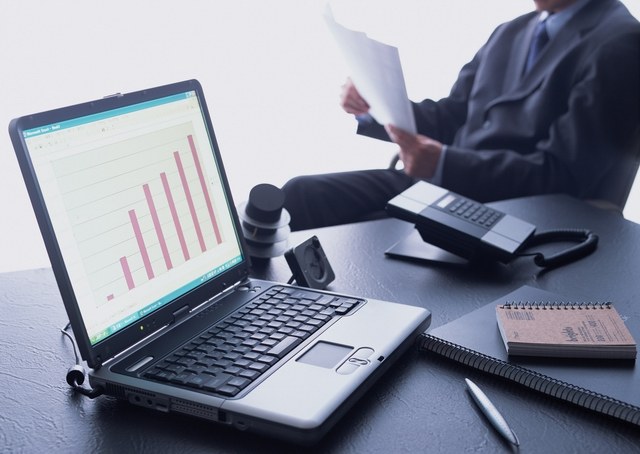You will need
- - accounting balance sheet (form №1);
- report and the profit and loss statement (form №2).
Instruction
1
Evaluation of the financial condition of the organization is done by the accounting reporting taking into account the trends to change in the best or worst hand, as well as factors determining these changes. The analysis considers selected balance sheet, its structure, asset quality.
2
The data on the selected reporting date would not characterize financial and economic activities of the enterprise in full, so they need to assess dynamics, at least for 1 year. To do this, make the aggregate balance sheet for 4 of the last reporting period in the form of a table: in the vertical field values of list items of the balance sheet and statement of profit and loss, and horizontal reporting date. Fill in the table based on the data of the accounting statements according to forms No. 1 and No. 2.
3
The financial condition of the enterprise is estimated using the coefficients: the absolute, quick and current liquidity ratios, own funds and assets turnover ratios and profitability. Absolute liquidity means the readiness of the enterprise immediately to settle up on short-term obligations, with the quick ability to repay the debt in a relatively short time, and the current characterizes all possible means of payment. Ratio availability of own funds shows the percentage of assets that are covered by equity.
4
For calculation of the indicators use the following lines of the balance sheet (form №1) and profit and loss statement (form №2):- 1210 – Reserves;- 1230 – "Receivables";- 1240 – "Short-term financial investments";- 1250 – "Cash";- 1200 – total section "current assets";- 1300 – the end of the section "Capital and reserves"- 1530 "deferred Income";- 1500 – total section "current liabilities";- 1700 – total liabilities balance;- 2110 – Revenue;- 2200 – "Profit from sales";- the 2400 "Net profit".
5
Calculate the indices according to the formulas:- absolute liquidity: K1 = (p. 1240+p. 1250)/(p. 1500-1530 page);- quick liquidity: K2 = (p. 1250+p. 1240)/(p. 1500-1530 p.); - current liquidity ratio: K3 = p. 1200/(p. 1500-1530 p.); - availability of own funds: K4 = (line 1300+line 1530)/pp. 1700.
6
Next, rate the profitability of the organization:- profitability of sales: K5 = p. 2200/p. 2110;- return activities: K6 = p. 2400/p. 2110.
7
Then determine the indices of turnover different elements of current assets and accounts payable. They are calculated based on daily volume of sales, which is calculated by dividing sales revenue by the number of days in the period under review.
8
Add the values of lines 1210, 1230 and 1200 on the start and end dates of the period on each article separately, divide by 2 and add all intermediate values. Divide the resulting amount by the number of summands is reduced by 1: you get the average value of stocks, receivables and current assets. To calculate the rate of turnover divide the resulting number by the amount of daily sales.
9
The turnover ratios characterize the management policies of the enterprise: the higher they are, the Affairs of the company worse, while reducing the turnover period tells about proper business practices, good customer demand for products and timely satisfaction.
10
Combine the coefficients of liquidity, availability of own funds and turnover in the table, analyze their dynamics, note the improvement, stability or deterioration of some indicators. Based on this analysis, conclusions can be drawn about the financial status of the enterprise, to forecast future developments or possible bankruptcy.
